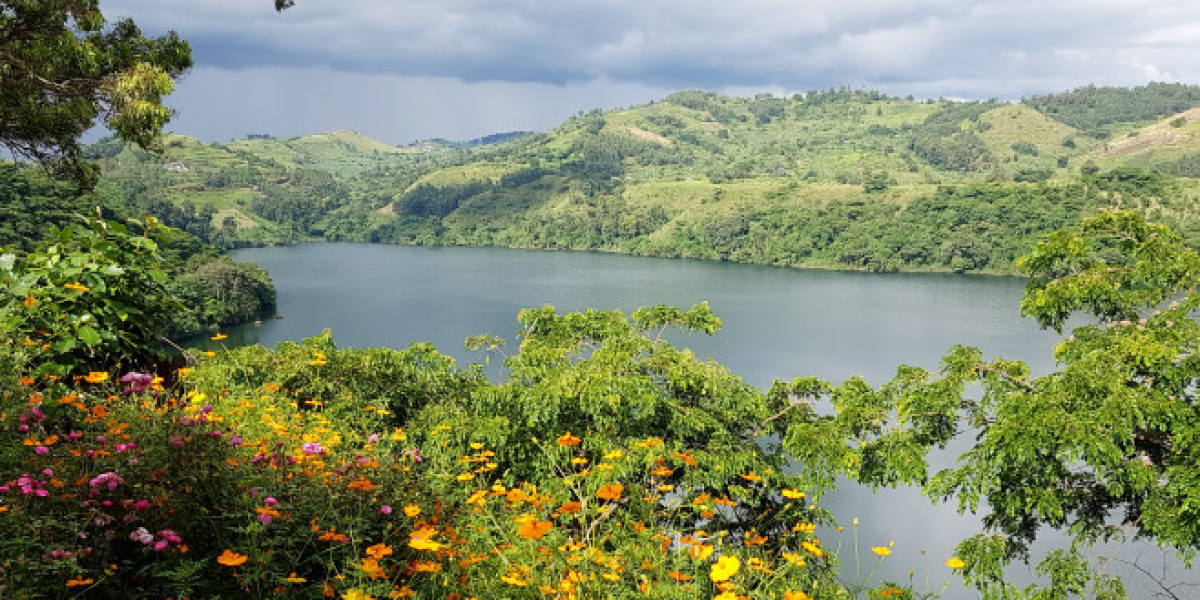Exploring the avian wonders of Kibale National Park ranks as the second most popular activity for tourists in this primate-rich destination. Nestled amidst lush forests, Kibale National Park, established in 1993, bears the distinguished title of an Important Bird Area. Within its borders, avid birdwatchers can delight in the diverse array of bird species, numbering over 350, with six exclusive to this region. The park's densely wooded terrain is the primary contributor to this extraordinary avian diversity. The neighboring Bigodi Wetland Sanctuary, just on the park's outskirts, is a complementary haven, boasting approximately 138 bird species.
Some of the notable bird species in Kibale National Park such as the Abyssinian ground thrush, Crowned eagle, Dusky crimsoning, Collared applies, Black-capped applies, Black bee-eater, Yellow-spotted nicator, Little greenbul, Black-eared ground thrush. Additionally, Chubb's Cisticola, Black-capped waxbill, African shrike-flycatcher, African Black-headed Oriole, African Emerald Cuckoo, African green-pigeon, Black-crowned Tchagra, African wood owl, alpine swift, Ash flycatcher, and many others have all been documented within the park's boundaries.
Moreover, the Kibale National Park boasts four bird species not sighted in any other Ugandan national park: the blue-headed bee-eater, Nahan's francolin, the masked appalis, and the Cassin's spinetail. Furthermore, migratory birds grace the park with their presence from November to April.
Birdwatching enthusiasts can enhance their experience with guided forest walks, offering prime opportunities to spot various species. The well-maintained walking and hiking trails within Kibale National Park facilitate easy exploration of the forest while birdwatching. The Bigodi Wetland Sanctuary, a community-led project, stands out as the ultimate birdwatching hotspot. Experienced local guides lead you on a four-hour walking trail to encounter a diverse array of avian wonders.
Best Time For Birds Watching Tour In Kibale National Park
Optimal times for birdwatching in Kibale National Park span the entire year, but the most favorable periods fall between March to May and September to November. During these months, abundant fruit and food sources in the forest attract a plethora of bird species. Discover the best time to visit Uganda.
What To Bring On A Birding Tour In Kibale National Park
As a rainforest area, Kibale National Park necessitates specific clothing and equipment for birders. Essential items to carry include:
A field guidebook.
A field bag.
Field clothes.
Binoculars (optional but highly recommended).
A pair of Sunglasses.
Mineral water bottles
Insect-repellent creams.
How To Get To The Kibale National Park
Reaching Kibale National Park can be accomplished by road or air. By road, travelers embark on a scenic 300-kilometer journey from Kampala to Fort Portal, followed by the Kanyanchu visitor center, typically requiring 5-6 hours. Alternatively, by air, flights from Entebbe International Airport to Kasese Airstrip or Nyakisharara Airstrip in Mbarara take approximately 1 hour and 15 minutes, followed by a transfer to the park.
Kibale National Park, aside from its avian richness, is renowned for hosting the highest concentration of primates in East Africa. The park's most prominent primate residents are chimpanzees, attracting many visitors eager to engage in chimpanzee tracking adventures and get up close with these fascinating creatures. Other primates, such as Olive baboons, Grey-cheeked mangabey, L'Hoest's, Guereza colobus, and red-tailed monkeys, can also be encountered during nature walks, chimpanzee tracking activities, or while birdwatching. For a memorable birding experience in Uganda, consider reaching out to Uganda Immigration Services for a fast and convenient online visa for your trip.








